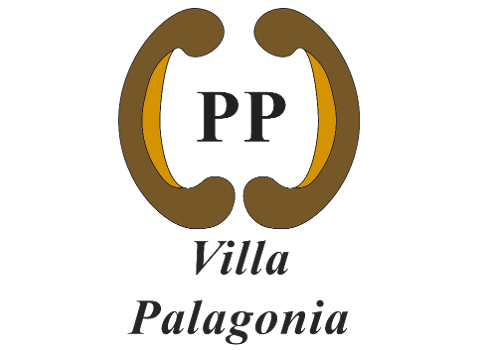History of Villa Palagonia

One of the best known and most visited monuments in Sicily: Villa Palagonia in Bagheria.
Superb and eccentric villa which, already in the eighteenth century, was visited by illustrious travelers, who consider it as the "most original place that exists in the world and famous throughout Europe".
Its construction began in 1715 at the behest of Don Ferdinando Gravina and Crujllas, 4th prince of Palagonia, peer of the kingdom, knight of the Golden Fleece, prestigious honor of the kings of Spain.
The Dominican friar Tommaso Maria Napoli, architect assistant to the Senate of Palermo with the qualification of "military engineer" was commissioned to design this holiday residence.
As a collaborator in the construction management of the villa being built, the name of another great and esteemed Sicilian architect is mentioned: Agatino Daidone.
In 1737, with the succession of Ignazio Sebastiano Gravina, heir of his father Francesco Ferdinando, work began on the construction of the lower bodies that surround the villa.
Francesco Ferdinando Gravina and Alliata, VI Prince of Palagonia, was responsible for the works, undertaken in 1749, for the completion of the entire monumental complex of Villa Palagonia with the internal and external decorations and furnishings that made his residence in Bagheria such as the "Villa dei Mostri", due to the particular decoration that adorns the external walls of the lower bodies, formed by statues in "Aspra tuff stone", depicting fantastic animals, anthropomorphic figures, statues of ladies and knights, musicians and caricatures various. The villa has an extraordinary unitary planimetric design, with all the elements that develop and act in coordination with the barycentric axis of the avenue.
Very particular is the double flight staircase, under the magnificent princely coat of arms of the Gravina family.
The main floor is accessed by an elliptical vestibule frescoed with scenes depicting the labors of Hercules, in homage to the new taste of the late eighteenth century, by Salvatore Gravina, successor of his half-brother Francesco Ferdinando II. To his right, the "Gallery or Hall of Mirrors", with the ceiling entirely covered with mirrors, with paintings depicting a balustrade with the sky above and fantastic birds. The walls of this large room are adorned with fine marble, with colored glass and marble high-reliefs representing the founder of the villa and the grandson who commissioned the "monsters" with their respective wives, ancestors of the Gravina house and illustrious personalities of the ruling houses of Europe. On the floor an accurate drawing in polychrome marble of the Sicilian eighteenth century. From this large hall you enter the chapel room and, in front of it, crossing the "Hall of mirrors" you reach the billiard room. From the oval entrance hall you can also reach the apartments
private of the villa, which can now be visited only with guided tours, which consist of a series of posed rooms
in "enfilade".
In 1885 the villa was bought by the Castronovo family who still today, thanks to their heirs, make it possible to visit one of the most extraordinary monuments of the European Baroque civilization, created in the land of Sicily.

Share